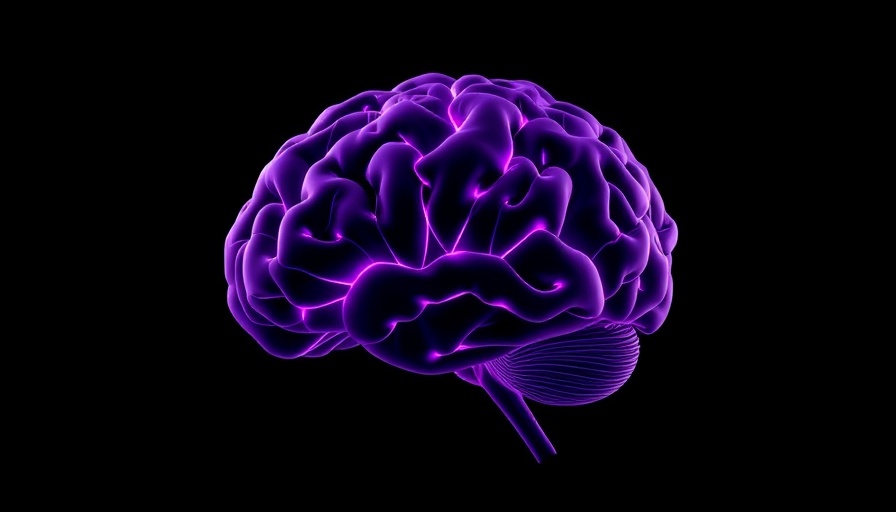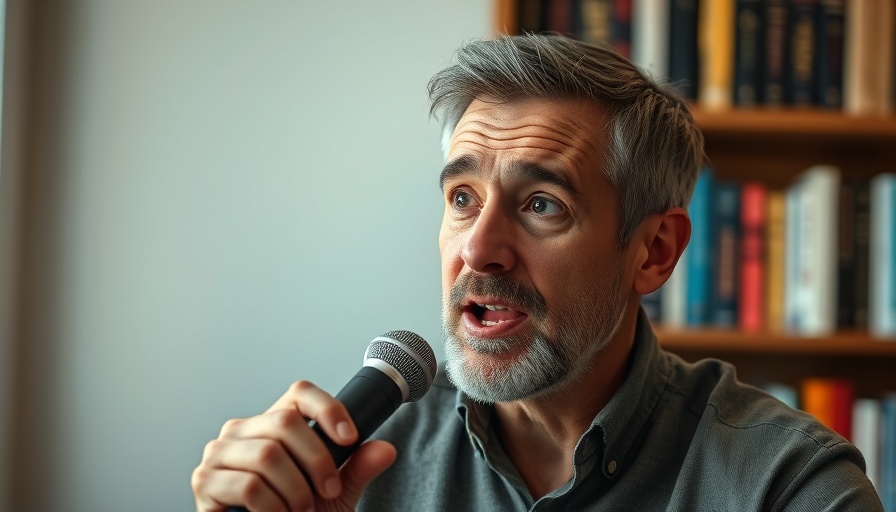
Understanding the Connection Between CTE and Normal Aging
Recent research has spotlighted the intricate relationship between chronic traumatic encephalopathy (CTE) and the natural aging process. This intersection is particularly significant given the increasing dialogue surrounding brain health in today’s society. CTE—a degenerative brain condition often associated with repeated head trauma—may present symptoms that mimic those of normal cognitive aging, blurring the lines between the two.
What Studies Reveal About CTE
The latest studies suggest that subtle cognitive declines, such as memory loss and changes in judgment, can occur not only in CTE patients but also in what is considered normal aging. As Daniel Hayes notes in his analyses, distinguishing between these conditions is increasingly vital for health professionals and families alike. Many individuals over the age of 25 might not recognize these symptoms as significant until they become more pronounced, underscoring the need for greater awareness.
Health and Wellness Implications
This distinction has implications for community health and wellness programs. As our society continues to age, understanding how conditions like CTE fit within the spectrum of normal aging can enhance strategies for prevention and intervention. Additionally, health and wellness centers could implement educational resources to better equip individuals and families to identify concerning cognitive changes early.
Preventative Measures and Optimal Health
The integration of lifestyle medicine principles can play a crucial role in mitigating cognitive deterioration. Engaging in regular physical activity, maintaining a balanced diet rich in natural healthy foods, and exploring holistic approaches such as naturopathy can contribute to optimal health and wellness. Activities like yoga not only promote physical health but are also known to enhance cognitive function, thus supporting both mental and overall well-being.
Community Health Initiatives and Awareness
To combat the confusion surrounding CTE and aging, community health advocates in places like San Antonio could host health and wellness events aimed at educating the public. These events can serve as platforms not just for local health and wellness businesses, but also for expert speakers who can share vital information about brain health.
Future Directions: Bridging Research and Public Health
Looking ahead, researchers aim to further understand the nuances between CTE and normal aging. Studies are underway to explore the potential biochemical markers that might differentiate these conditions. This research is expected to inform public health strategies and lead to better-targeted interventions, ultimately paving the way for a healthier aging population.
Concluding Thoughts
The dialogue surrounding CTE and aging is crucial for advancing our understanding of brain health. By prioritizing education and preventive measures, both individuals and communities can promote better health outcomes. As we continue to learn from ongoing research, integrating these insights into health and wellness practices will be essential for fostering a society that values cognitive health just as much as physical health.
 Add Element
Add Element  Add Row
Add Row 



 Add Row
Add Row  Add
Add 


Write A Comment